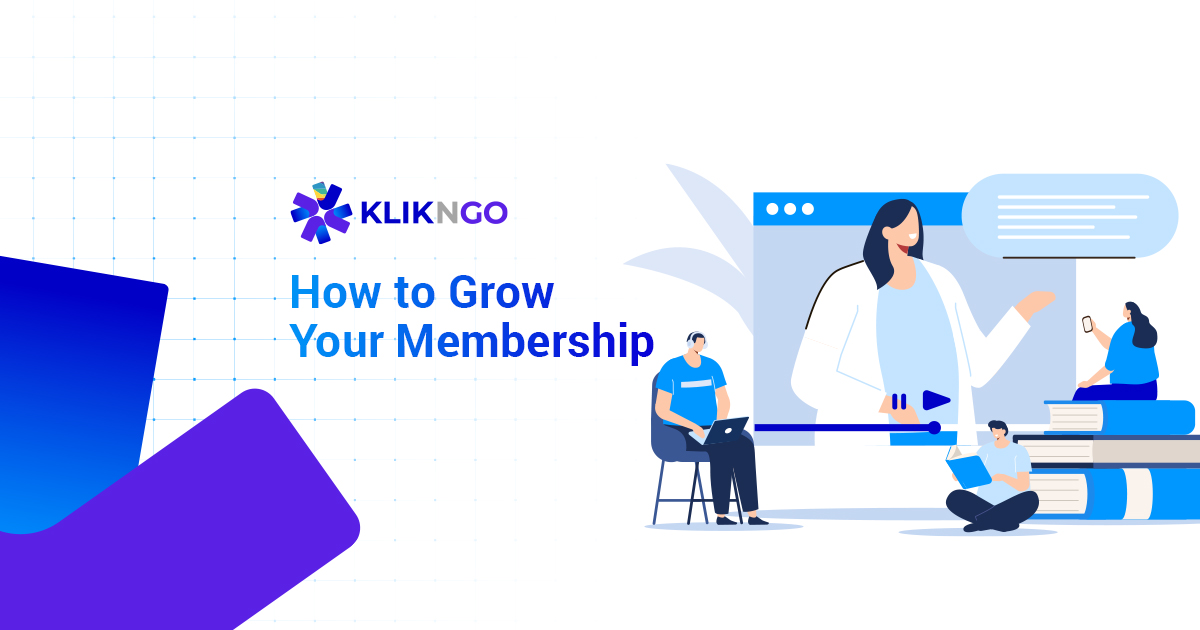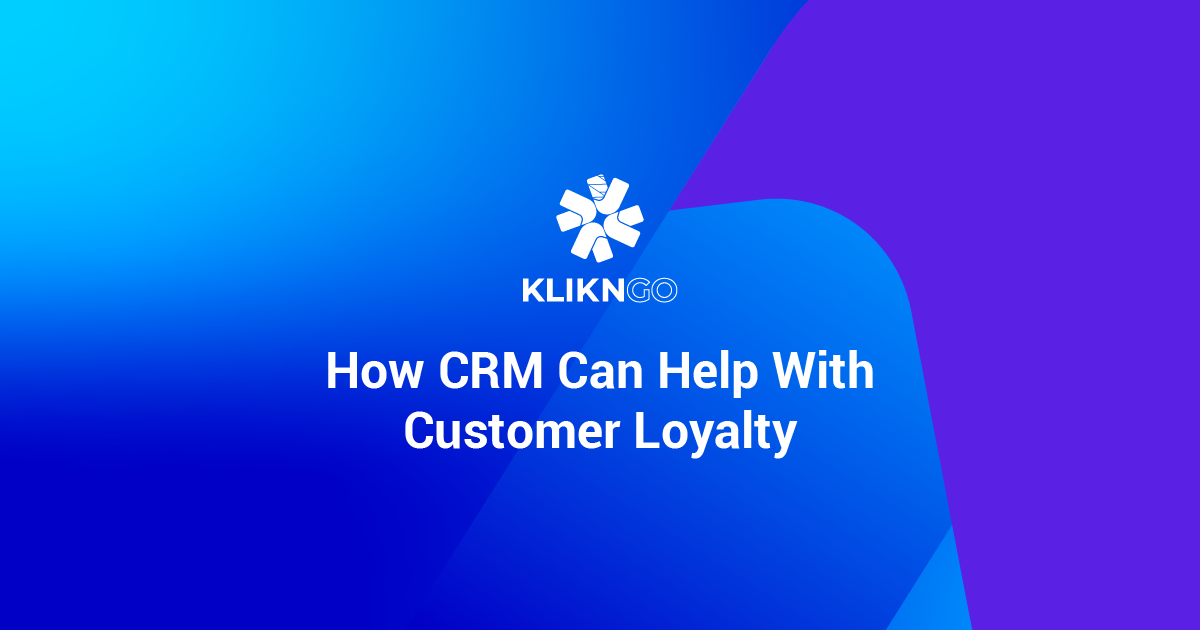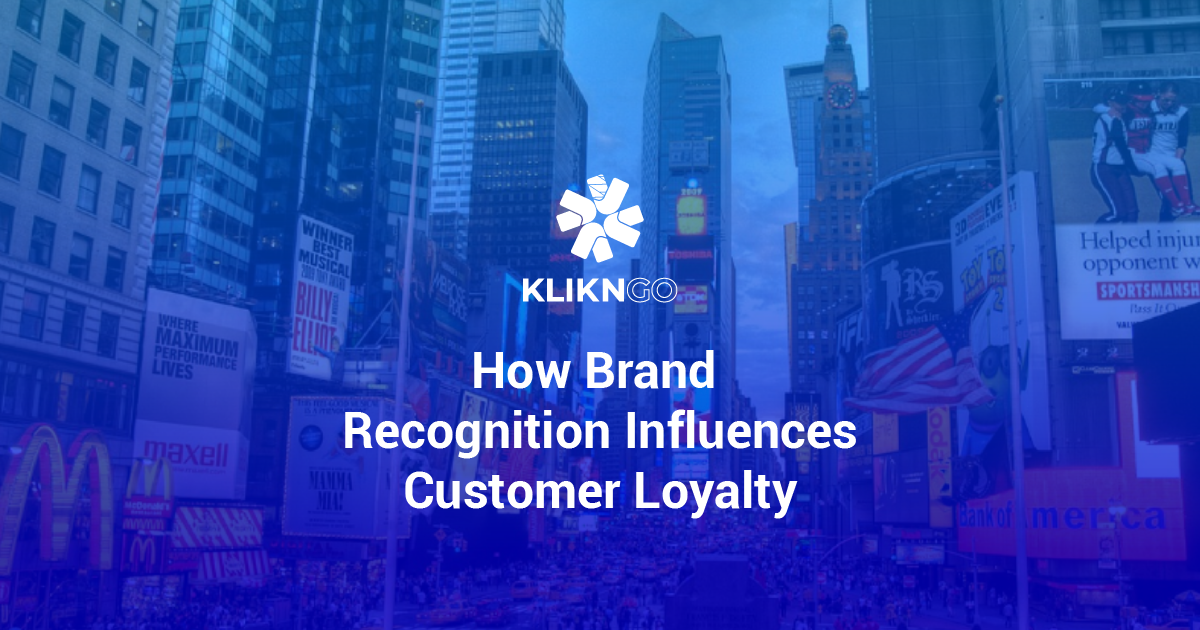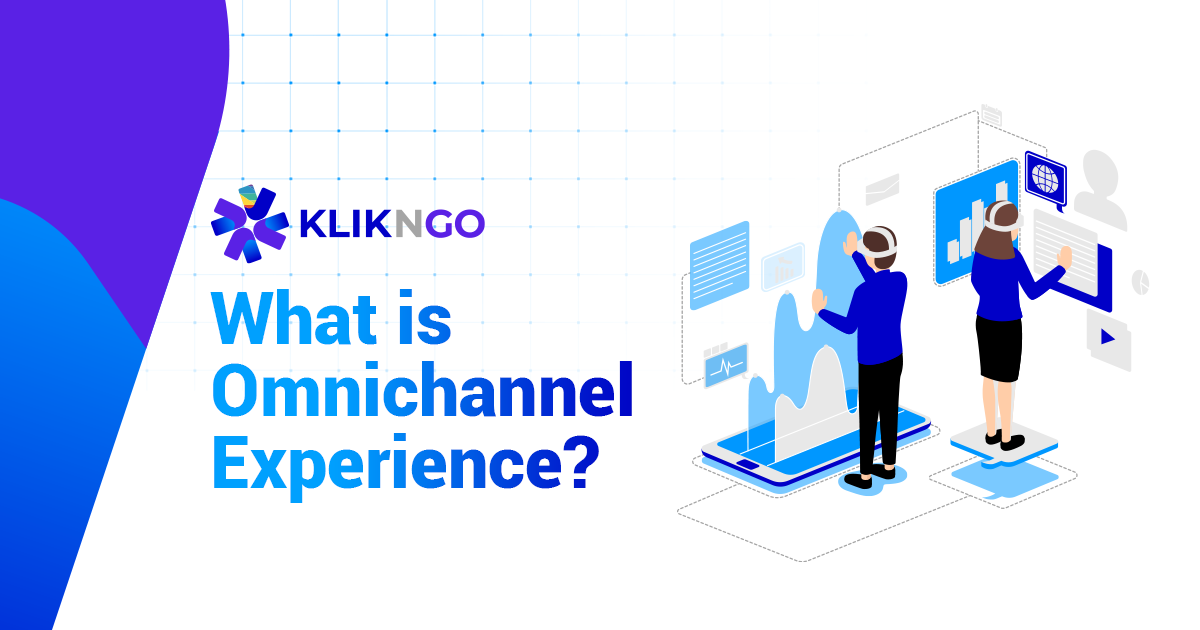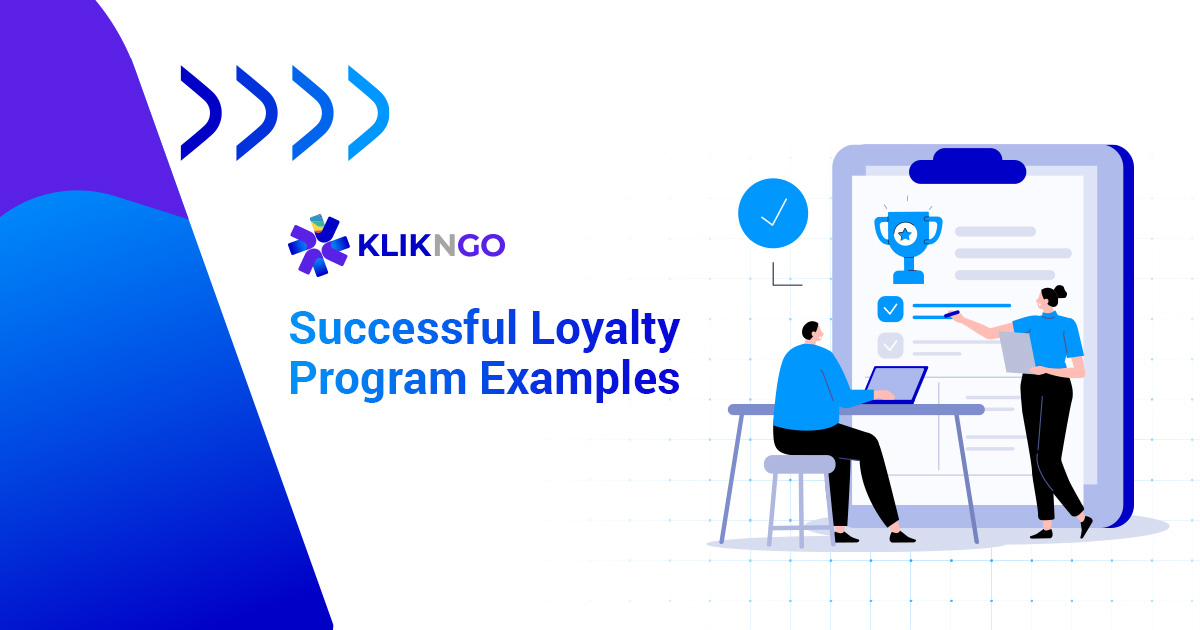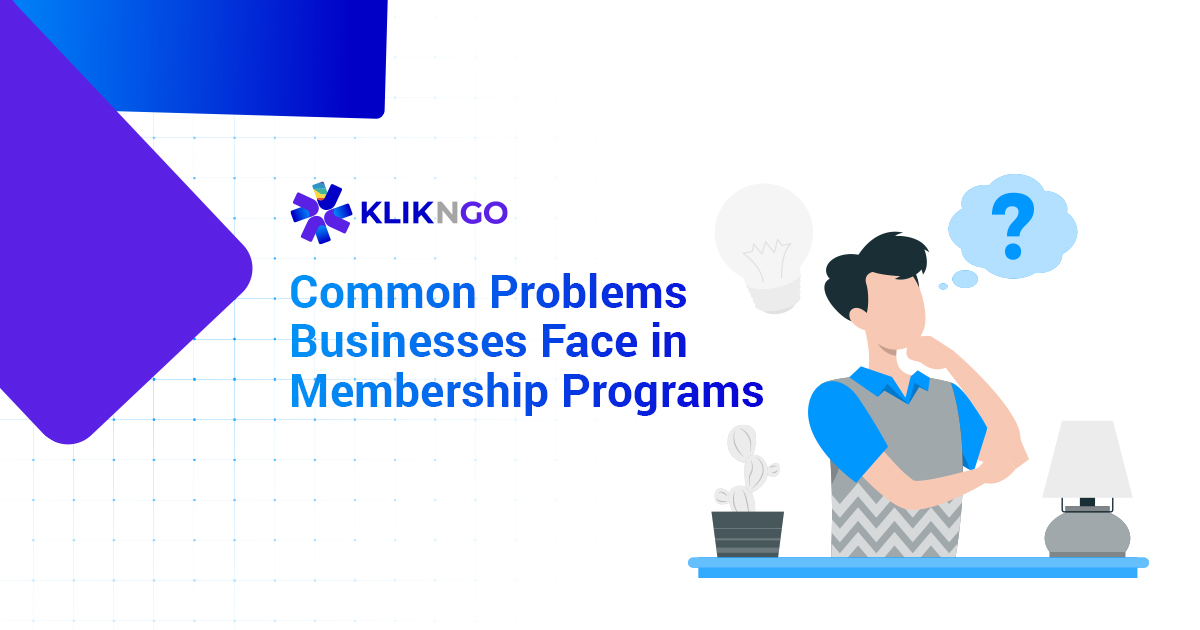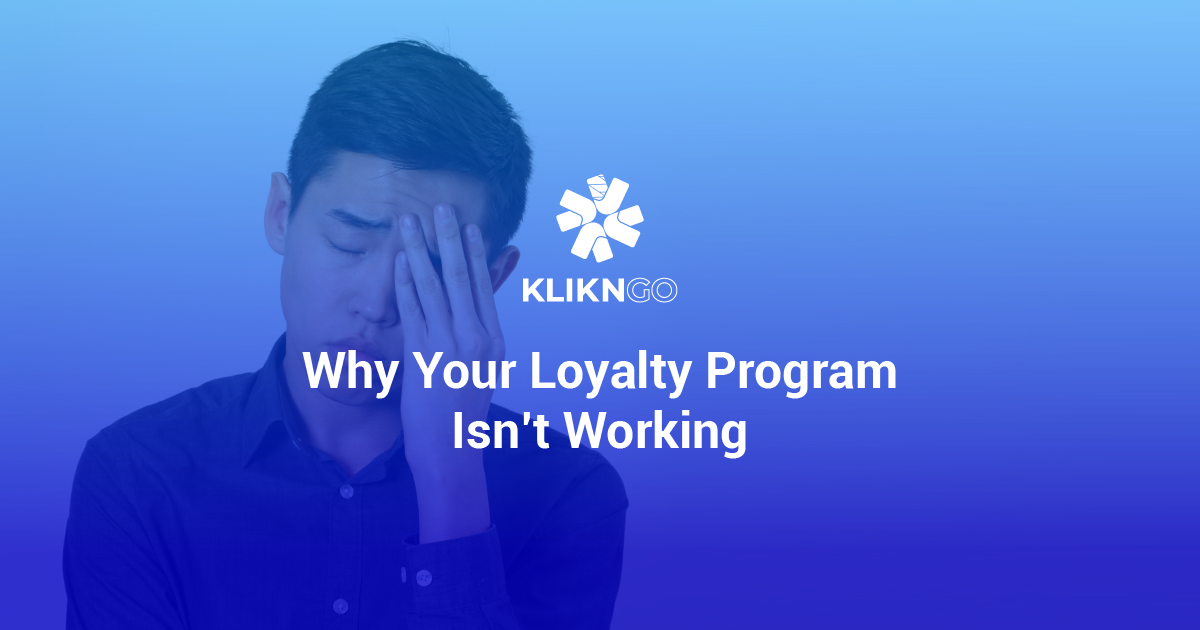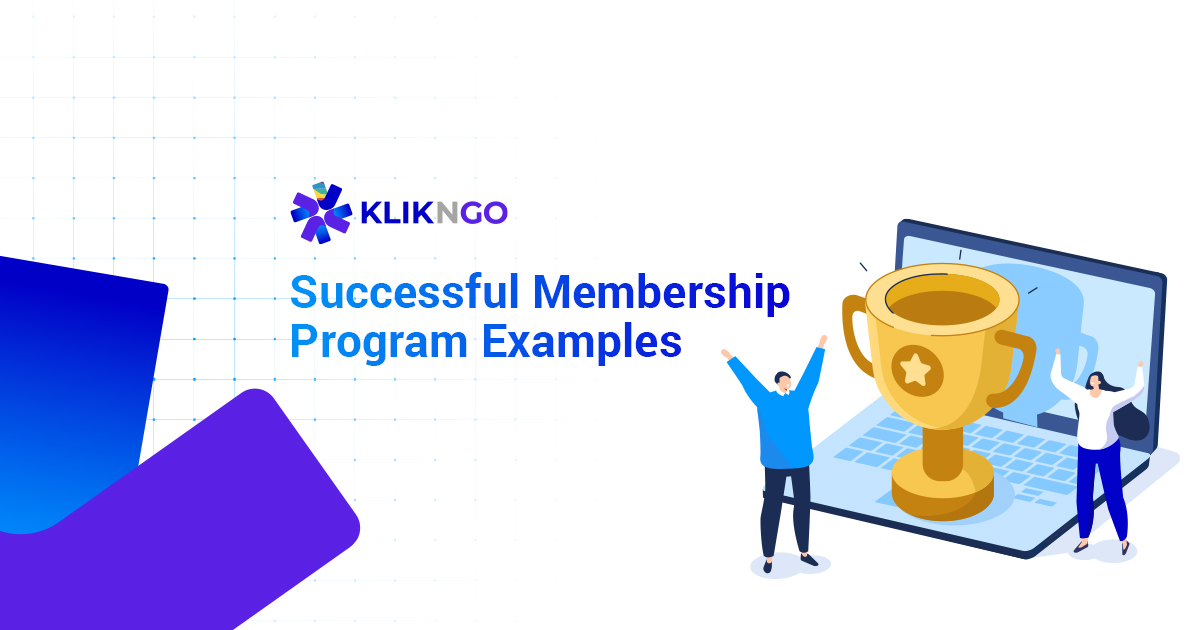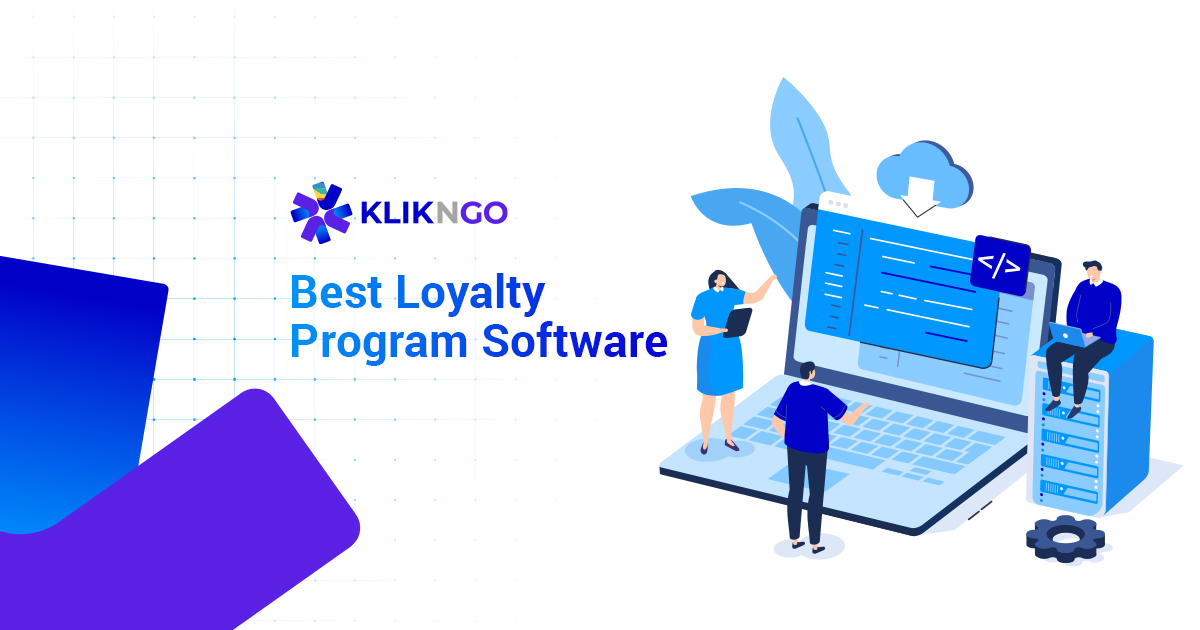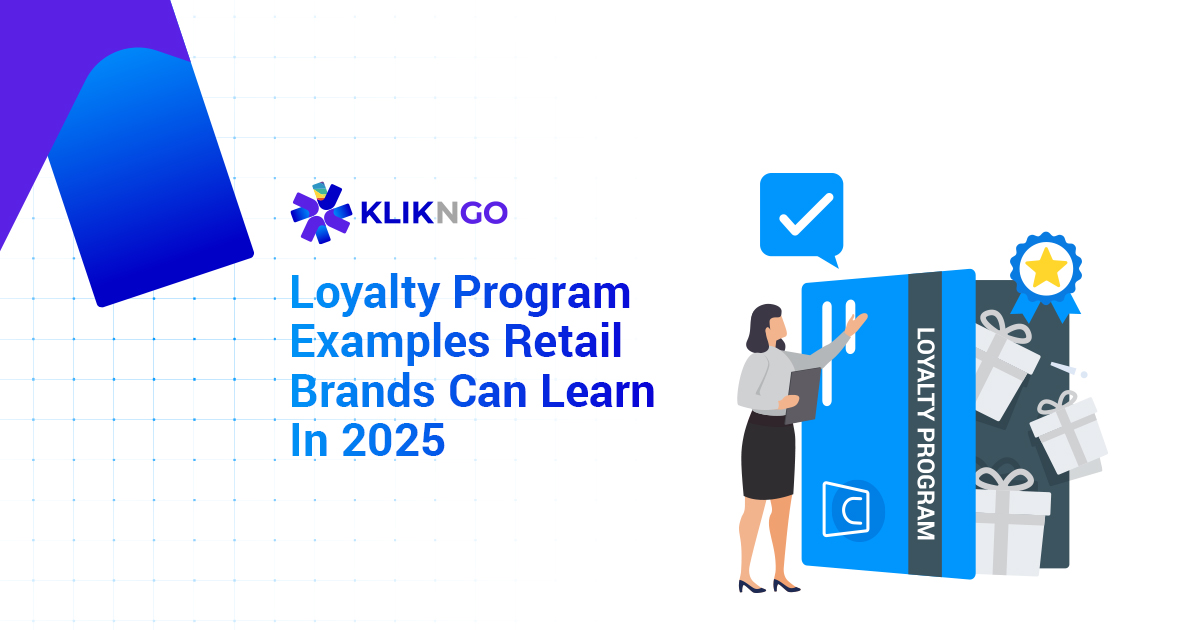What Do We Mean By Membership Growth?
When we talk about membership growth in this context, we’re referring to the expansion of your business or organization’s membership base.
A membership program typically functions as a loyalty system, offering benefits like points, rewards, vouchers, and gamification elements to encourage member engagement.
A CRM (Customer Relationship Management) system is often used to manage and track member profiles, making it easier to personalize offers and communication.
Memberships can also be structured as paid subscriptions, where members pay for access to exclusive perks, like discounts, special privileges (such as lounge access in airports), or other unique benefits.
Alternatively, some organizations use a charity-based model, where members contribute regularly to support causes, such as fundraising to protect endangered animals.
In both cases, membership growth involves attracting new members while ensuring existing ones feel valued and are motivated to continue their subscriptions or participation.
Why is Membership Growth Important?
Membership growth is important because it lets your business rely less on expensive marketing campaigns and more on steady revenue from loyal members.
A solid membership base gives you predictable income, which helps keep cash flow stable and makes it easier to plan for the future, which is handy if you’re in an industry that constantly needs to stock up on supplies.
Plus, engaged members often turn into brand advocates, recommending your business to others and helping bring in new sign-ups through word-of-mouth.
The more connected your members feel, the more likely they are to spread the word.
Growing your membership also boosts your brand’s reputation, making it more appealing to potential partners, sponsors, and even investors.
How Can You Measure Membership Growth?
Measuring membership growth means keeping track of a few key metrics to understand how well your membership program is performing.
New Sign-Ups
The most straightforward way to measure growth is by tracking the number of new members who sign up during a specific period.
This gives you an immediate sense of how your program is expanding.
You should also consider tracking member referrals—this shows how likely your existing members are to recommend your program to others.
The growth rate can vary depending on a lot of factors, like whether you’re running a marketing campaign or how actively your team is promoting the program.
For example, in industries like retail and entertainment, we’ve seen average new member growth rates around 5%-10%, but this can fluctuate based on external factors.
Revenue & Member Spending
Tracking revenue from new memberships and recurring subscriptions is another crucial metric.
But it’s not just about the number of members; it’s about how much they’re spending.
Look at things like the average subscription fee, total revenue per member, and how many products or services they purchase.
These numbers give you a sense of how valuable your members are. Keep in mind that some industries will focus more on member spending, while others might be more concerned with participation or engagement.
Member Engagement
Engagement is another key indicator of growth. This includes things like how often members check in, visit your store, or use your app/website/location.
If your members are actively engaged, they’re invested in your program and more likely to stick around.
The level of engagement you aim for will vary depending on your industry.
For example, a retail business might focus on how often customers visit and make purchases, while an NGO or charity might measure engagement through participation in events or volunteer hours.
Net Promoter Score (NPS)
NPS helps measure member satisfaction and loyalty by asking how likely members are to recommend your program to others.
A higher NPS means your members are happy, engaged, and more likely to bring in new members.
This is a good sign of long-term growth potential, as satisfied members often lead to organic growth through word of mouth – all without spending on marketing.
Subscription Longevity & Membership Stickiness
It’s also important to track how long members continue their subscriptions.
Members who renew or extend their memberships beyond a year are showing that they see real value in your program and are committed to sticking with it.
This kind of loyalty is incredibly important for sustained growth.
Depending on factors like whether you’re running a campaign or how much staff are actively promoting your program, growth rates, and key metrics will vary.
Practical Ways You Can Grow Your Membership (Membership Development Ideas)
Optimize Sign-up Flow Through Chatbots, etc.
One of the best ways to grow your business or organization’s membership naturally (without paying for ads) is by improving your user experience.
In this case, that means making it easy for people to sign up.
There are plenty of ways to do this. For example, you can place QR codes around your physical store that link directly to your registration page.
And when people do sign up, keep it simple—only ask for their name, phone number, and email address.
Many organizations make the mistake of asking for too much too soon. This not only raises suspicion but also creates a barrier that could stop people from signing up.
One of our clients, Friso, has a clever way of getting people to sign up quickly. We helped them create a chatbot for Facebook and Instagram Messenger that allows users to sign up directly through those platforms.
The chatbot prompts users for their name and phone number, streamlining the process as much as possible.
The data collected by the chatbot is then sent to their CRM, which stores customer information and creates a profile.
The best part is that the CRM can detect duplicate entries and sync data across platforms, such as social media and the website, ensuring everything stays up to date.
Encourage Referrals Through Rewards & Missions
A simple but often overlooked way to grow followers organically is by designing your rewards and missions to encourage referrals.
Many organizations include referral tasks in their weekly or monthly missions, but these often get ignored because they don’t actually motivate people to refer their friends and family. Plus, the rewards tend to be underwhelming.
In our experience, the best way to hone in on this strategy is to provide 2 things, which are:
- A win-win situation: Offer incentives for both the referrer and the referee to create a win-win situation. This will motivate the referrer to promote your membership and encourage the referee to take advantage of the offer. Since referrals are quite a large commitment for both sides, ensure the rewards reflect that effort!
- Gamify the experience with a sense of community: Encourage the referrers and referees to win rewards by completing missions together as an added perk apart from joining your membership program. You can also supplement this using a leaderboard system for users to compete against other teams.
If you take a look at our case study on Omusubi, you’ll find that we’ve helped them succeed using these two principles.
Omusubi lets users invite friends and family members to join in-app missions, making it fun to team up and complete tasks together through the referral program.
For example, users can set a goal like eating 20 sushi dishes in a week, and once they hit the target, they’ll earn rewards. This creates a sense of community and helps everyone work toward shared goals.
As a result, they’ve managed to grow their user base by more than 40,000 in just one month!
Event Marketing is Still One of the Best
Event marketing is a proven and effective way to drive membership growth, and it offers a unique, interactive way to engage potential members.
While this strategy can be quite successful, it can also be costly, so we recommend it for mid-sized to large brands with the budget to support such initiatives.
For small businesses, it might be worth considering more cost-effective alternatives, but if you have the resources, event marketing can be a game-changer.
When we talk about event marketing, we’re referring to creating engaging, in-person experiences that drive sign-ups and boost brand interaction.
This could include setting up a gamification booth in-store or organizing a roadshow.
The idea is simple: let customers sign up to participate in a fun game—such as a lucky draw, spin-the-wheel, or similar interactive experiences—and reward them with prizes.
There are several unique ways you can level up the event experience:
- Mobile Event Truck: A branded mobile event truck is a dynamic way to bring your marketing directly to your audience, allowing you to create immersive, pop-up experiences that can travel to different locations. This approach can reach potential members where they live, work, or hang out, giving them a fun incentive to sign up right on the spot.
- Digital Kiosk Activation: Another great idea is setting up digital kiosks at high-traffic locations. These interactive setups can allow people to easily sign up for memberships, play games, and win rewards. They’re also easily adaptable for various types of events, and the digital nature can help capture data through a CRM and follow up with participants later.
- Free Gift Sign-Up Event: Offering a free gift for signing up is always a powerful motivator. You could set up a booth or event where potential members are incentivized to join your program in exchange for something they really want—whether it’s a sample product, an exclusive item, or even a discount voucher.
- Vending Machine Solution: A branded vending machine is another pretty innovative activation idea. By placing a vending machine at strategic locations, you can encourage sign-ups by offering prizes or rewards each time someone joins. It’s a fun and eye-catching way to attract attention while providing instant gratification.
- Product Showcases: People love to experience products firsthand, so setting up an event where they can interact with your offerings in a memorable, engaging way can be a powerful incentive to sign up. Product showcases can include demonstrations, tastings, or even exclusive sneak peeks of new items.
Free Samples & Freebies Are Always Reliable
Event marketing goes hand-in-hand with free sampling strategies, making it especially effective for businesses in retail, food and beverage, or cosmetics.
In Korea, for example, stores and events often give out a lot of free samples because brands know that samples drive sales.
When a customer tries a sample and likes it or sees results, they’re likely to become a loyal customer for life. It’s a win-win approach.
From our experience with clients, we’ve found that offering samples is the most effective way to grow and retain membership.
It outperforms other methods by a wide margin. Clients who give out free samples and vouchers saw a 65% increase in recurring revenue, particularly in the cosmetic industry!
Work With Other Organizations With Similar Customerbases
Partnering with other organizations that have a similar customer base is a smart way to grow your membership.
It gives you the chance to reach new audiences without spending a lot on marketing.
You can start by finding businesses whose products or services complement yours—this way, the partnership feels natural and adds value to both sides.
For example, a fitness studio could team up with a health food store to offer special discounts or bundle deals. This exposes both businesses to potential members who might not have discovered them otherwise.
Plus, you can team up with your partners for events and other campaigns to build a sense of community and grow your membership together.
It’s a win-win: you get access to new members while strengthening relationships with current ones, ultimately boosting long-term growth.
Reactivating Dormant Members
Dormant members are those who once signed up but have stopped engaging with your program, whether it’s because they lost interest, forgot about their membership, or simply no longer see the value.
Reactivating them requires a targeted, hands-on approach.
Start by identifying why they’ve gone dormant. Review their activity patterns to see if they stopped using certain features, products, or services – you can do this using your CRM.
Once you understand this, you can craft a reactivation strategy.
For example, send a personalized email with a subject line like, “We miss you! Here’s a special offer to welcome you back,” paired with a compelling incentive like a limited-time discount or exclusive access to an event.
The key is to provide value upfront, as you’ll likely only get one chance to reactivate dormant members.
Another effective strategy is to host a members-only event—like an exclusive online webinar or behind-the-scenes product showcase—that reminds them of the benefits they’re missing.
This makes them feel special and valued. Regular, personalized touchpoints are key to drawing them back in.
Looking to Grow Your Membership?
If you’re in the market for membership growth for your business/organization, click the button to get a free consultation from us! Whether you need marketing guidance or a software solution, we’ve got everything you need!
Check out our membership management software choosing guide if you want to learn more about that!

